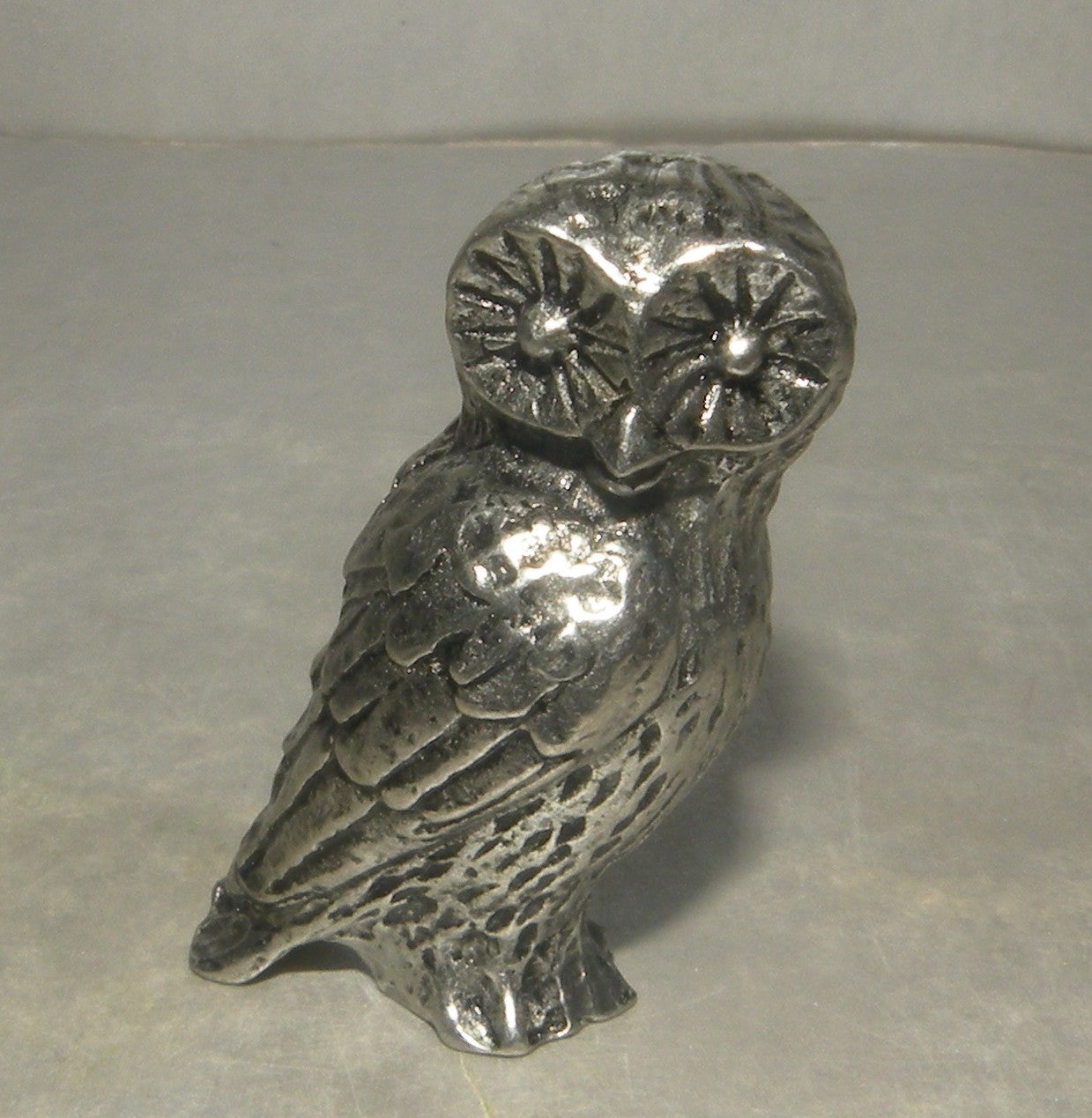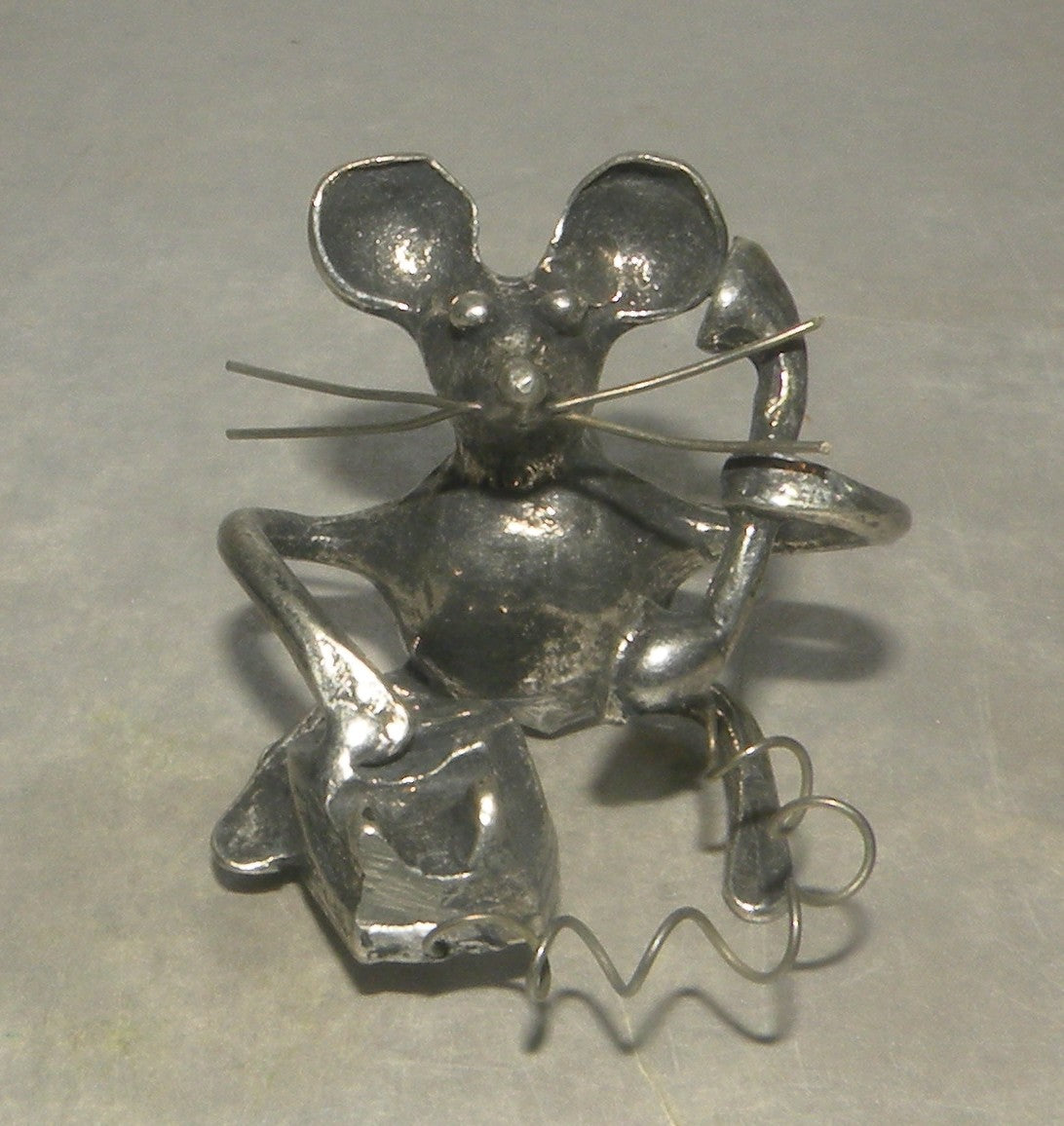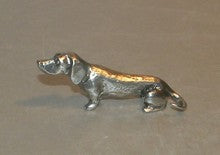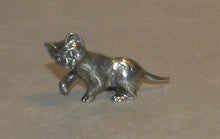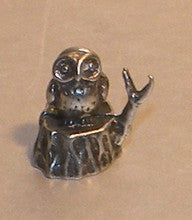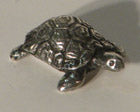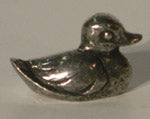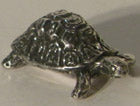Pewter From Europe
A selection of Pieces of Pewter from Michel Laude ( France )
and Potstainiers Hutois ( Belgium )
Pewter is made from an ore, cassiterite. Its use goes back to Greek times when Homer and Aristotle spoke of it, and Pline quoted the Gallic as being inventors of tinning. In the Roman world, pewter arrived mainly from Cornouaille, on Phoenician boats. After the fall of Carthage, pewter was transported by donkey through Gaul for centuries. During the Middle Ages, pewter jugs, ewers, candleholders and dishes became everyday articles. The Renaissance period produced so many of these types of masterpieces that they could be classified as goldsmith or silversmith’s art. Since the classical period, pewter has been known all around the world. Today, aesthetic value has taken the place of practical use, and pewter cutlery is used mainly for its decorative beauty.
»Manufacturing process
The chemical symbol for tin is Sn, from the Latin stannum. It melts at around 230 °C. Antimony, added to the pure metal, makes it harden. Pewter from Creations Michel Laude contains less than 5% antimony. Polished tin shines like silver but is softer, and its glare lasts longer. When it is oxydized, it becomes covered with a grey protective patina. It then becomes practically stainless, but if it is exposed to temperatures of -13 °C or less for a long period of time it corrodes. Some manufacturers add lead, which is ten times less expensive then antimony: this is also called “dead pewter” because it does not shimmer any more. How can one distinguish genuine pewter from this alloy? It is simple: Tin is white and when lead is added it gives it a bluish colour. Another way to know is to twist a small piece close to your ear, it makes a sound like sugar being crushed, called the “tin cry.” Pewter used by Creations Michel Laude is 95% pure.
The legend of antimony
During the Middle Ages, legend has it that clever monks mixed a new ore, beryl, to lead, which was too soft to be worked up until then. The alloy was surprisingly strong, and was used to manufacture all kinds of containers. Happy with their discovery, they equipped all their monasteries with new practical and shiny crockery. Big mistake! Many died, as lead contains arsenic. The shaken survivors blamed the cause of the disaster on the ore (beryl), that is now known as antimony. Beware of objects made of “dead tin”!
Ecology
The food industry uses an enormous quantity of tin because it has anti-bactericidal properties. The ustensils of great chefs are galvanized, just as the three hundred million food cans that people consume daily are.
- En vedette
- Meilleures ventes
- Alphabétique, de A à Z
- Alphabétique, de Z à A
- Prix: faible à élevé
- Prix: élevé à faible
- Date, de la plus ancienne à la plus récente
- Date, de la plus récente à la plus ancienne
$349.00
$39.00
$35.00
$24.00
$23.00
$21.00
$22.00
$31.00
$30.00
$65.00


